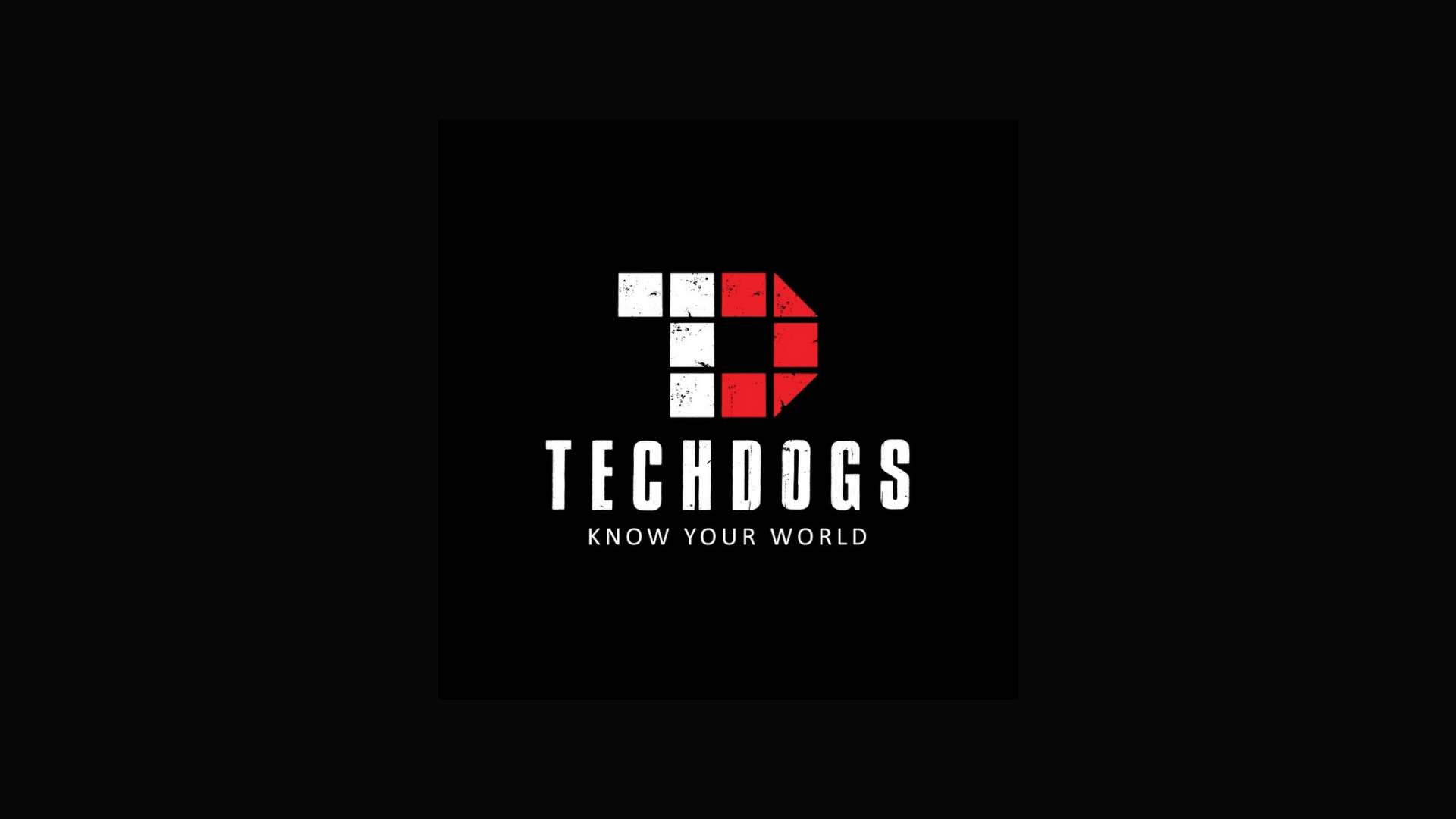But OTTs aren’t the only competition that traditional players face in today’s media and entertainment market. Telcos have also made their presence known. Recently, we’ve seen Telia, AT&T and Telefonica all do deals that have put them in direct competition with the traditional providers.
Both telcos and OTT players pose a threat to traditional TV providers—this includes the established pay TV companies who are seeing pressure mount as consumers cut back on spending. But what impact are telcos and OTTs having on the market more generally? How can traditional players differentiate in this increasingly competitive market? And how can technology vendors support in this new landscape?
The role of telcos in the broadcast market will be a big conversation topic at this year’s IBC. And today, we’ve launched our own report that looks at the topic in more detail. With contributions from the likes of Virgin Media, Amazon Prime Video, BT Sport and Dolby, along with insights from industry commentators including Paolo Pescatore and Graham Lovelace, we uncover whether telcos and OTTs really disrupting the status quo…
While this blog covers some highlights from our contributors, be sure to download the full report here.
Telcos: friend, or foe?
Telcos have always been seen as a threat to traditional broadcasters, explains media consultant Graham Lovelace: “Telecoms operators have been regarded as an existential threat to traditional TV providers since the early stirrings of operator-delivered IPTV (aka telco TV) in the mid-noughties.”
But telcos haven’t been much of a threat until recently, where we’ve seen a slew of acquisitions and mergers that have given the likes of AT&T a firm footing in the market. FAANG (Facebook, Apple, Amazon, Netflix and Google) is also making its presence known too… which means traditional providers cannot rest on their laurels.
But while telcos have long been regarded as a threat, will they trump the traditional players?
Traditional broadcasters lack a direct relationship with viewers—it’s something OTTs like Netflix have capitalised on, and it’s also where telcos can excel. Virgin Media’s chief digital entertainment offer, David Bouchier, says: “many new entrants to media have recognised that one of the key assets for a telco is its relationship with the customer… We [the telcos] understand customer churn, marketing and billing very well.”
Telcos can also play a role as aggregators of content: “[Telcos] have the billing relationship and the network to deliver services efficiently, while OTTs trying to go direct to the consumer lack the customer relationship. The role for telcos is to bring the slew of OTT services together for consumers,” explains Paolo Pescatore, telecoms and media analyst.
So where does this leave traditional players? Are they doomed for failure now that OTTs and telcos are making their presence known?
Opportunity knocks
If traditional broadcasters are to succeed, they need to play to their strengths. Some may say that there will always be a place for public service broadcasters because they cater to a wide range of audiences—they are especially important in markets like the UK and Europe.
Areas like sport might also give traditional players an advantage, and these providers can also be novel and use technology to advance their competitive position. BT Sport, for example, was the first to launch new features such as 4K, Dolby Atmos as well as virtual reality and 360-degree video. Viewers no longer care about the broadcaster, network or channel—they’re interested in the content. And there are plenty of ways technology can help viewers discover this content and enhance the overall experience—whether that’s for traditional players, OTTs or telcos.
Technology such as search and discovery, personalisation, data analytics and artificial intelligence will all play a key role here. Together, these technologies will enable providers to understand subscribers, as well as their habits and usage, to provide personalised TV experiences.
Technology reigns supreme
It will be increasingly challenging for traditional providers to compete head on with the online and tech giants who are being hugely disruptive. While everyone is fighting to own the viewer, content and experiences will ultimately prevail. And it’s up to MediaTech vendors to support in this—offering the solutions that will help broadcasters, telcos and OTTs reach the eyeballs they’re looking for.
Which means it’s important for vendors to be seen by these players—showcasing their work, their knowledge of the market and the challenges that these companies face. PR and marketing play a very important role here, ensuring that vendors stand out from the crowd.
If you’re a TV technology vendor and would like to know more about how to reach your potential customers, make sure you get in touch to meet with our MediaTech team at IBC.















